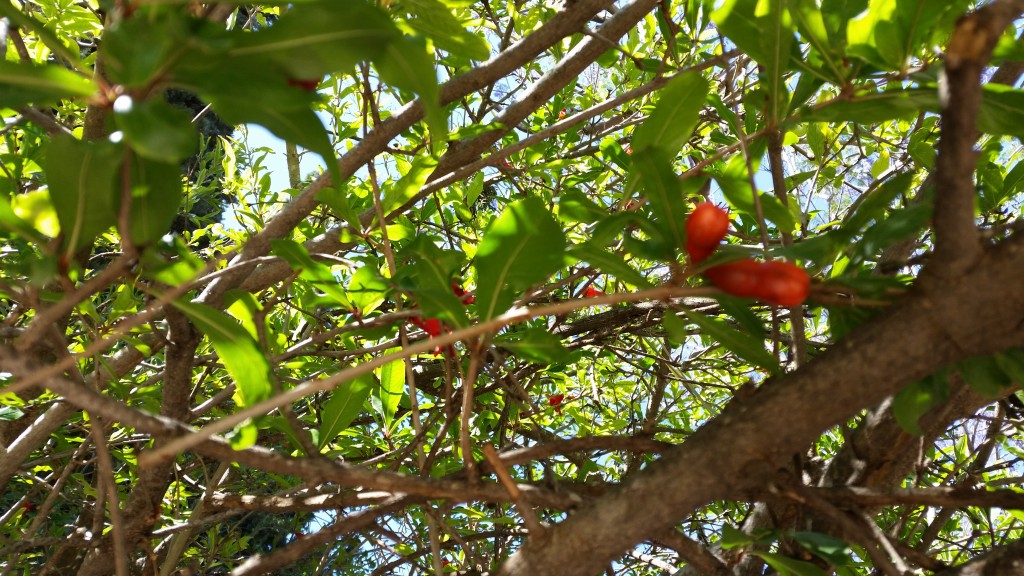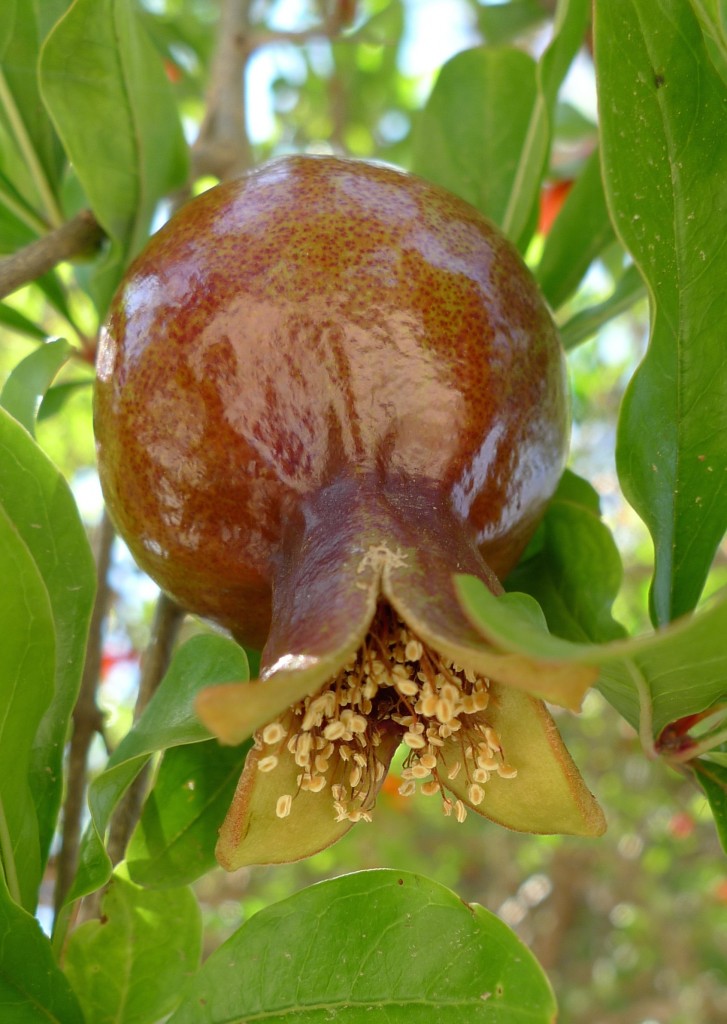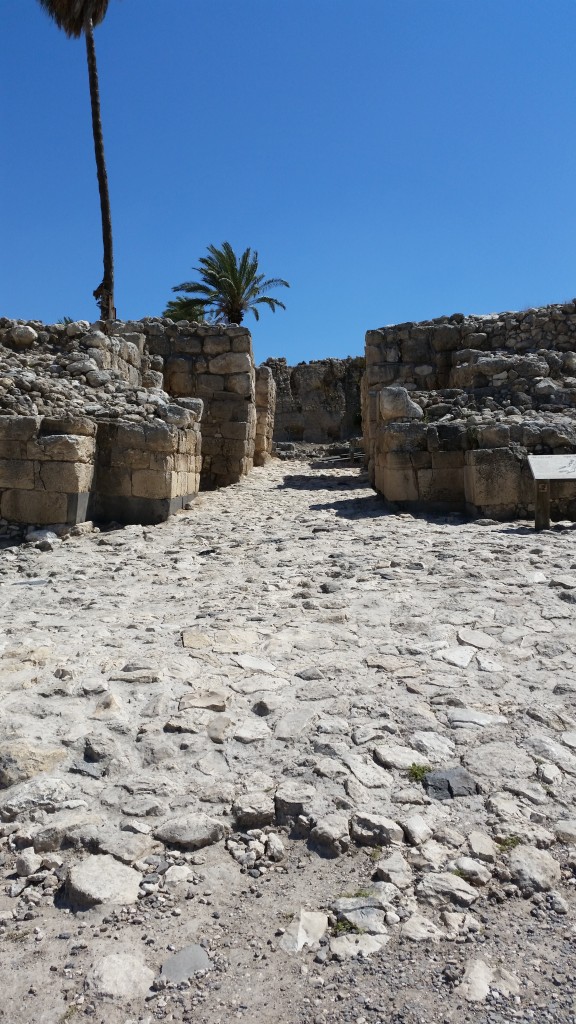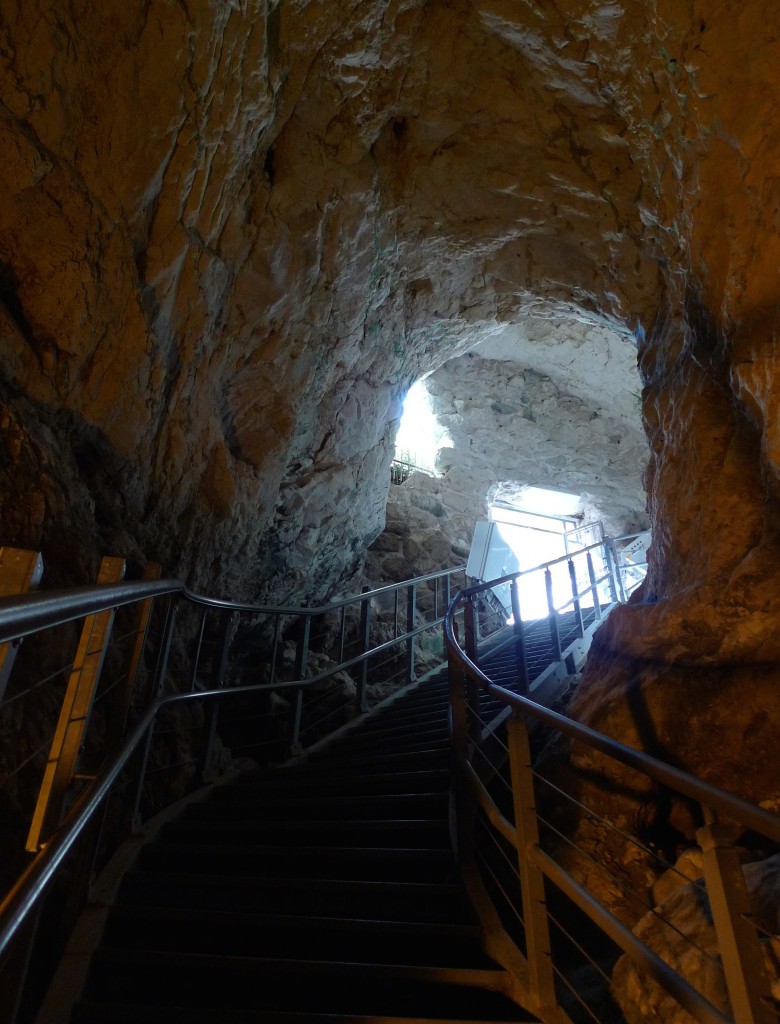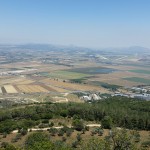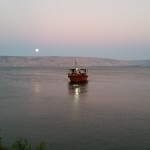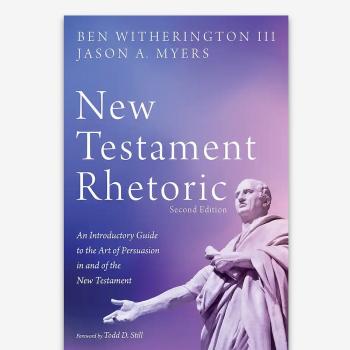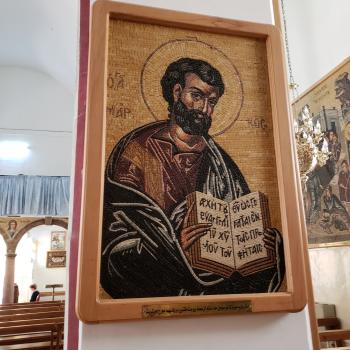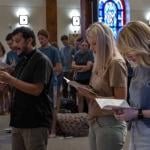Armageddon is a word that sends chills down one’s spine. The word comes from Har Megiddo, the hilltop city on Megiddo. Megiddo, in the Jezreel valley was near the major routes north/south where armies marched— Egyptians, Babylonians, Assyrians, and of course Israelites, so when a person of the Biblical world thought of a locale where there might be a major battle of world powers (like the battle of Carcar, for instance), Megiddo regularly came to mind. It is of course the 23 layered city that is the basis for Mitchner’s famous novel The Source (which is well worth a summer read). In fact, however as Rev. 20 makes clear, there will be no final Armageddon, if by that one means a final giant battle. As Rev. 20 says, the nations of the world will assemble, the Judge will call down fire from heaven, and they will be toast. In other words, there will be a judgment scene and an execution according to Revelation, not a final battle. The current machinations of nations in the Middle East has nothing to do with what happens after Christ returns (see Rev. 20).
Megiddo was the ultimate city set on a hill that could not be hid, because it stood out from its surrounding so dramatically. Here is the model of the city at the entrance to the site.
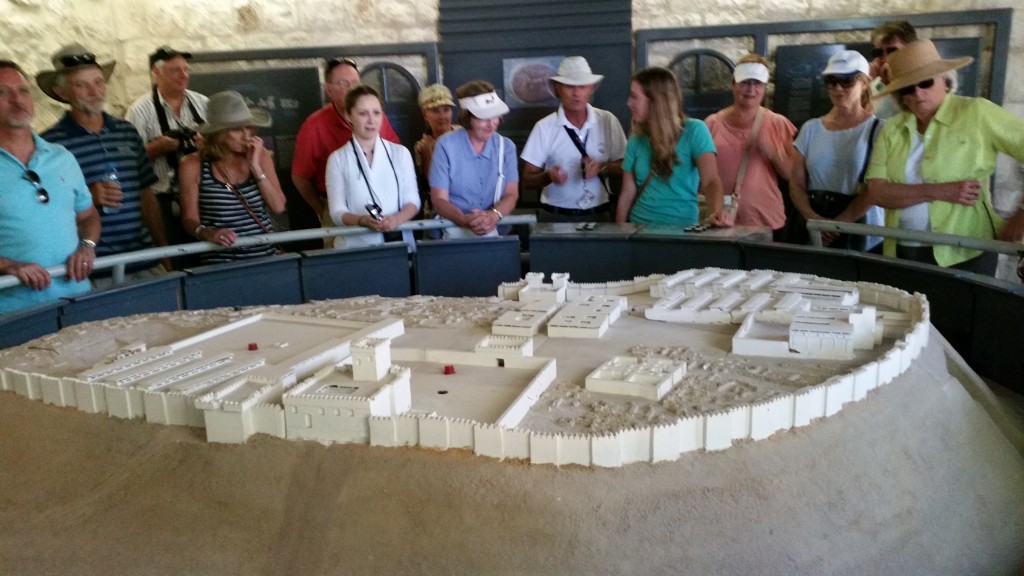
We have at the site good schematics of what one will see— the casemate walls of the left hand entrance gate, the structures on the top of the site, the stables and granaries and wells.
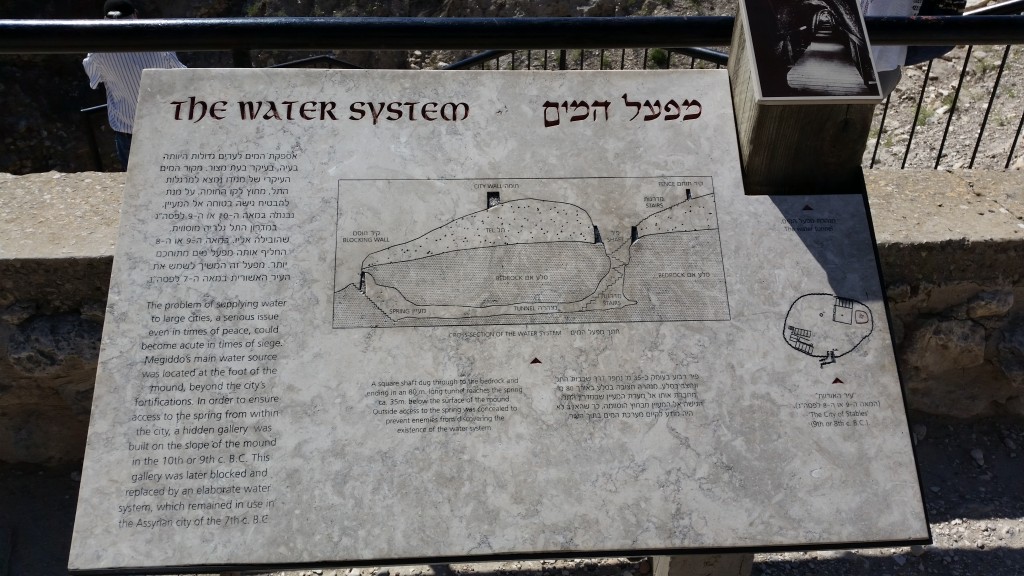
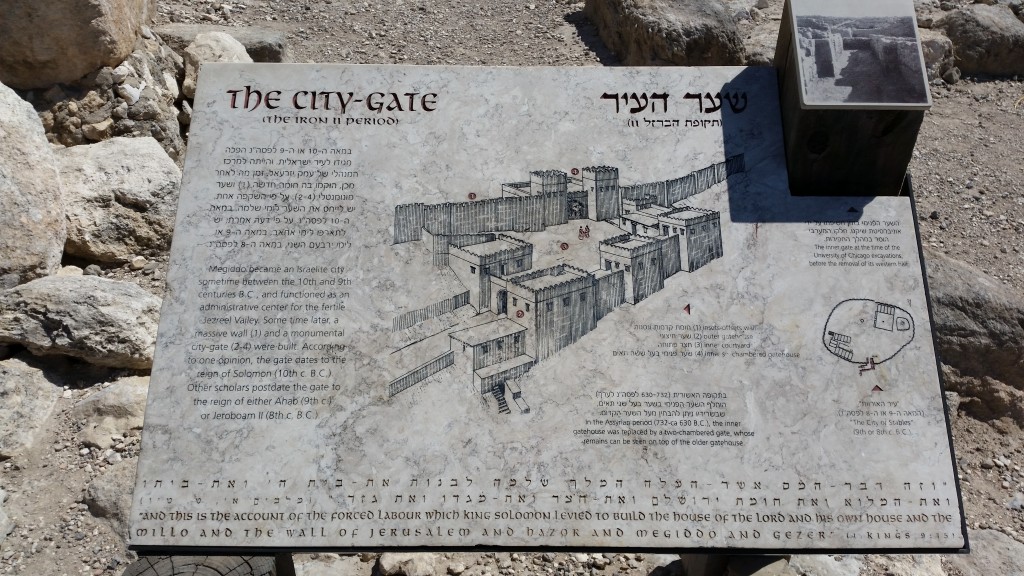
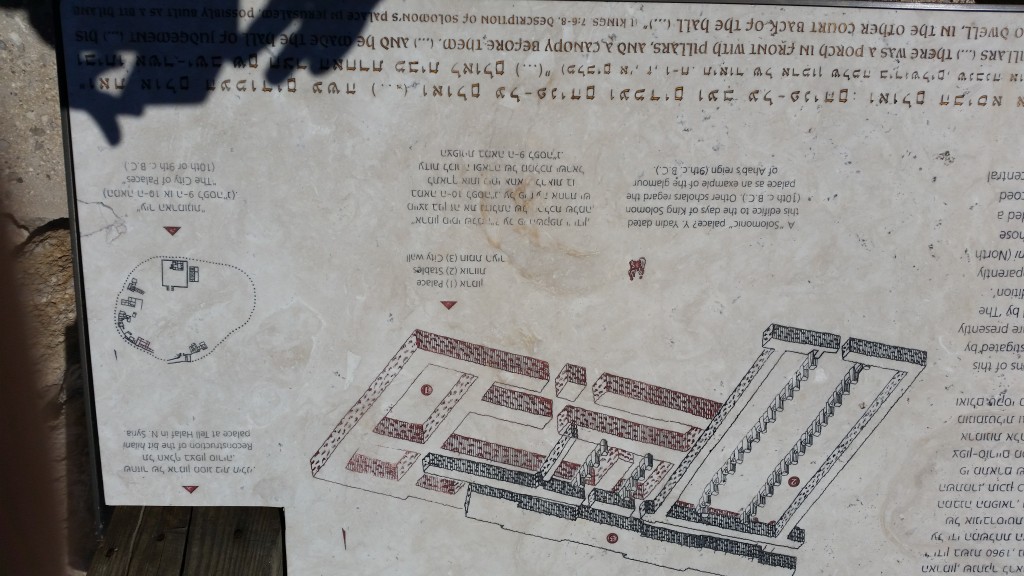
Here’s the city gate, which like most ancient ones is a left hand gate (i.e. one must turn to the left in the gate to enter). Why? Because most persons are right handed and any attacking foes would have a hard time throwing spears or shooting arrows across their bodies to targets to the left of them and above.
Solomon refortified this and other cities in the north as he expanded Israel to its maximum borders, the following two pictures are of the Solomon walls and stables he set up there.
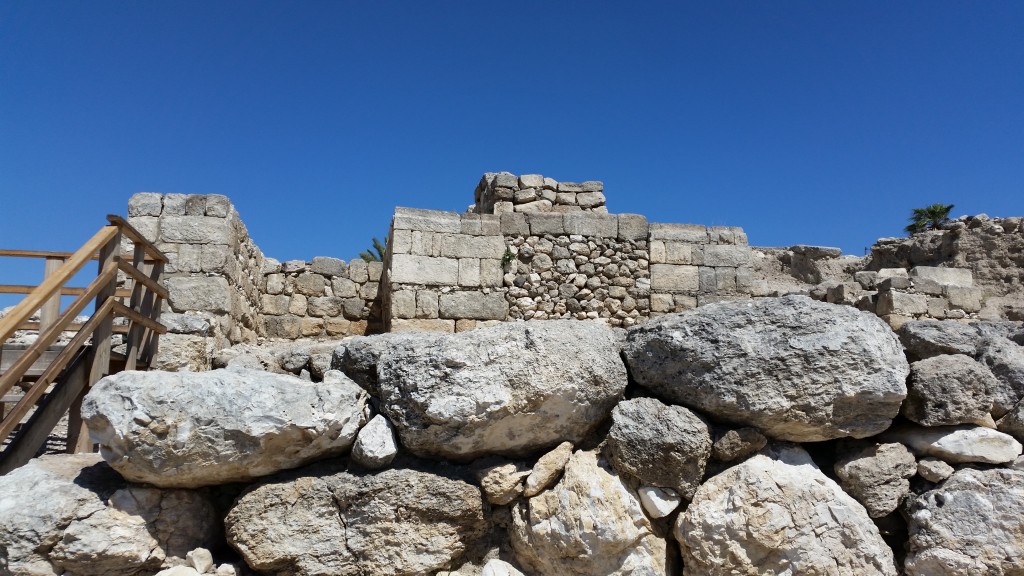
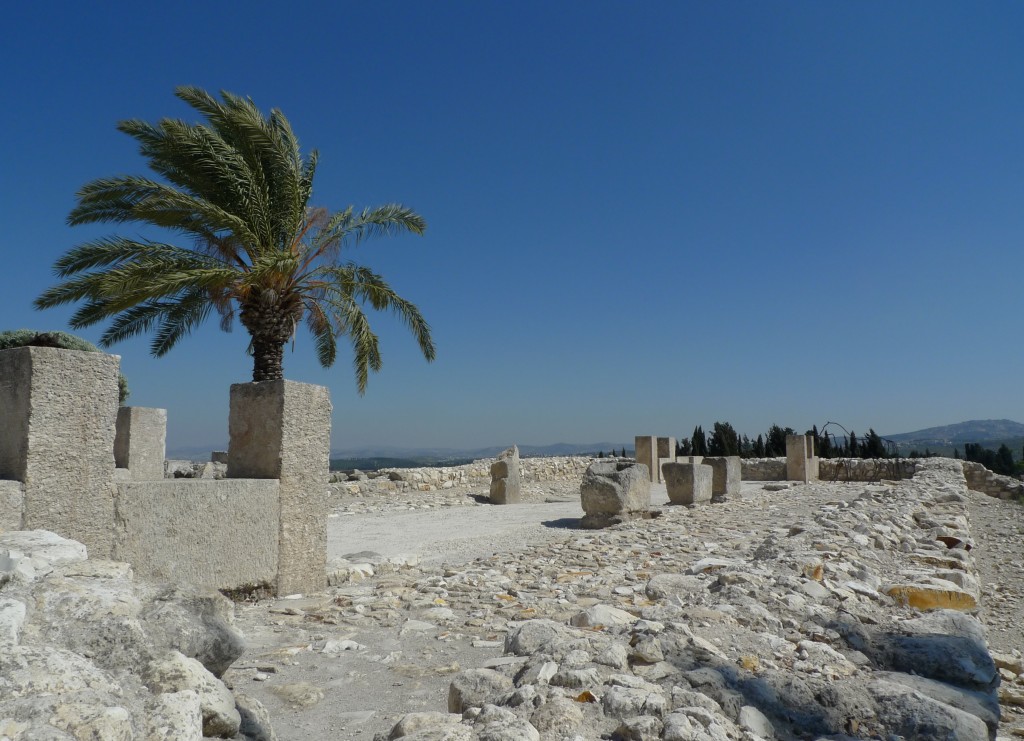
Here’s the view across the top of the tel….
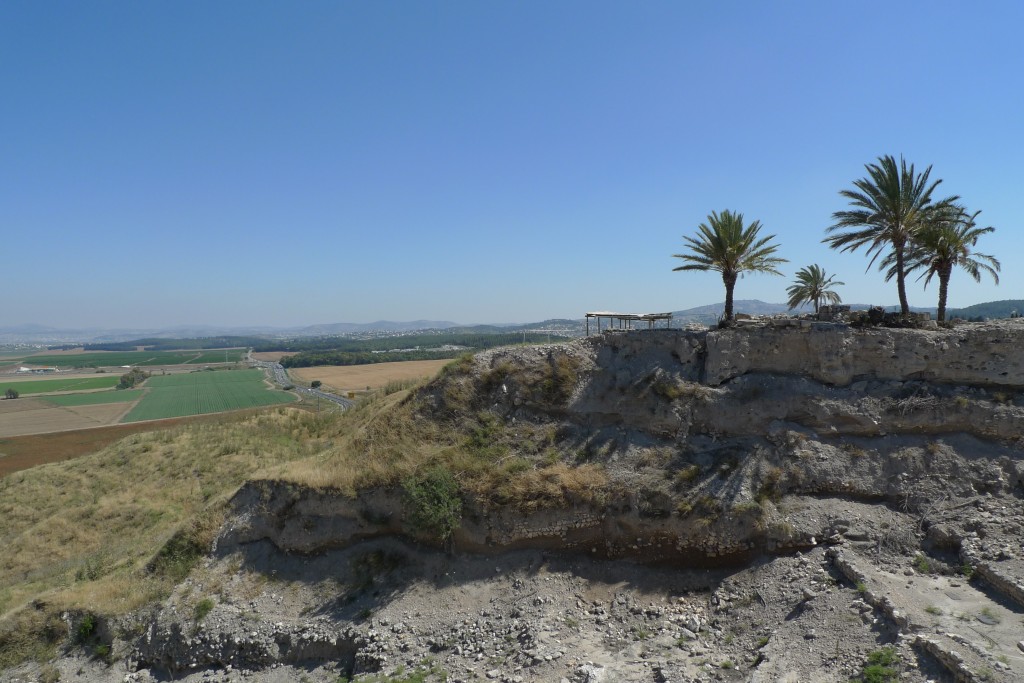
Food storage and access to water was critical in a walled city in danger of attack. Here are pictures of the granary, and the steps down into the well. Like in Jerusalem, they had to drill beneath the city walls to get to the spring outside the wall without leaving the walled city.
Finally, one of the fruit trees we know existed in Jesus’ day and from which he probably ate regularly, is the pomegranite tree, and there is a lovely one of these at the entrance to the site of Megiddo.
